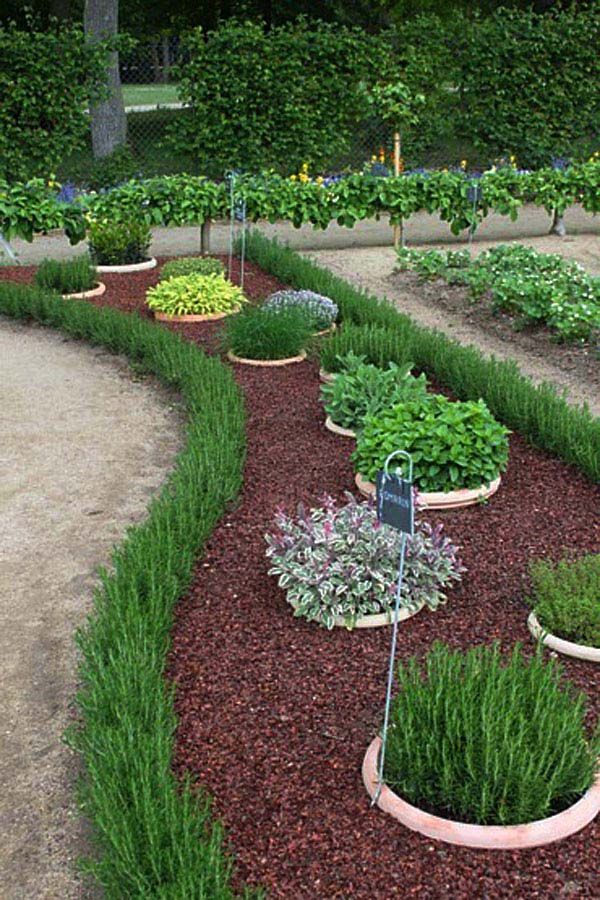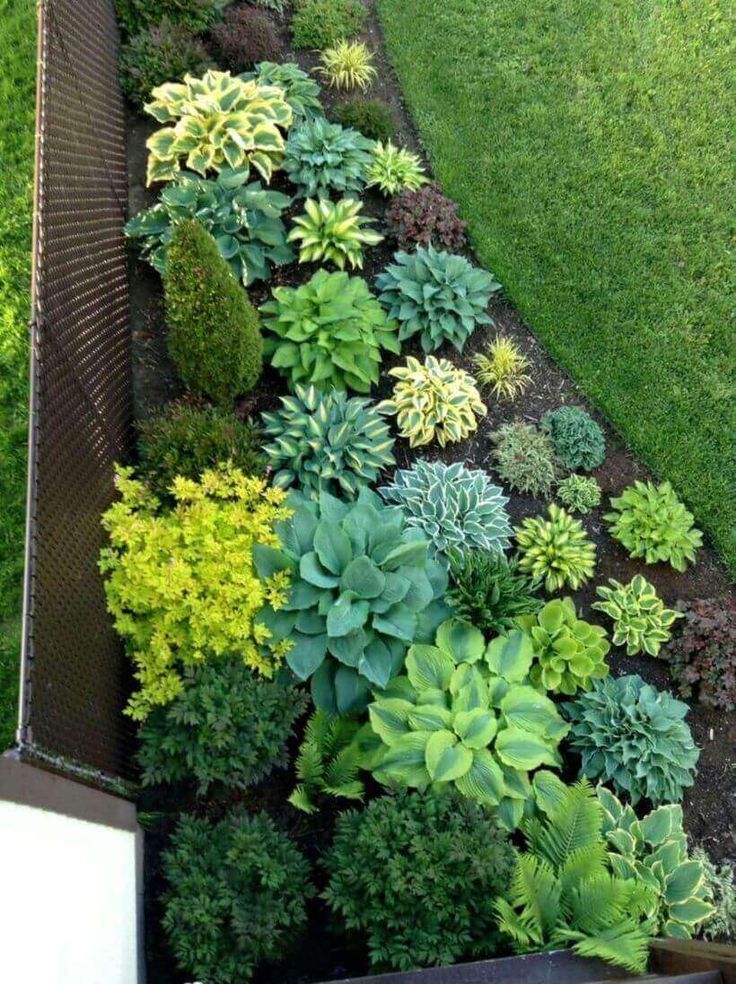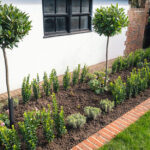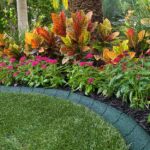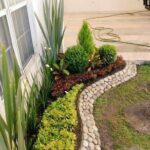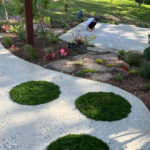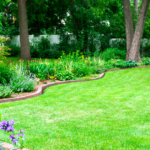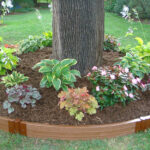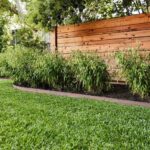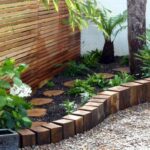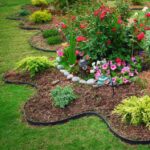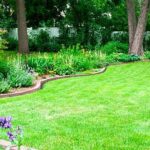Garden design edging is an essential element in creating a well-defined and polished look for your outdoor space. Edging serves both practical and aesthetic purposes, helping to define the boundaries of different areas within the garden while also adding visual interest and structure to the overall design.
There are many options available for garden edging, ranging from simple and utilitarian materials like bricks, stones, and metal to more decorative options like natural wood or plastic. The choice of edging material will depend on the style of your garden, as well as your budget and maintenance preferences.
Brick edging is a popular choice for traditional gardens, offering a classic and timeless look that complements a variety of landscaping styles. Bricks can be laid in a straight line for a clean and orderly appearance, or in a curved pattern to create a more organic and flowing design.
Stone edging is another versatile option that can add a touch of natural beauty to any garden. Whether using fieldstone, river rock, or cut stone blocks, stone edging can be laid in a variety of patterns and shapes to suit your garden’s aesthetic. Stone edging is also durable and low-maintenance, making it a practical choice for busy gardeners.
Metal edging, such as steel or aluminum, is a sleek and modern option that can add a contemporary touch to your garden design. Metal edging is durable and long-lasting, and can be used to create clean lines and crisp edges that give your garden a polished and refined look.
Wood edging is a warm and natural choice that can bring a touch of rustic charm to your garden design. Whether using pressure-treated lumber, cedar, or recycled pallet wood, wood edging can be stained or painted to complement your garden’s color scheme and style. Wood edging is also easy to install and can be customized to fit the specific contours of your garden beds.
